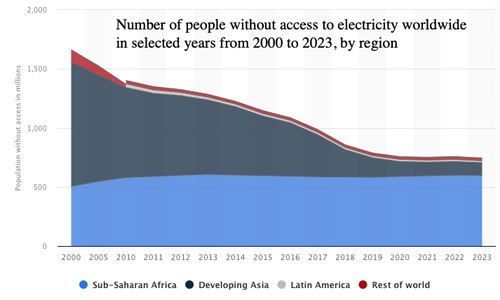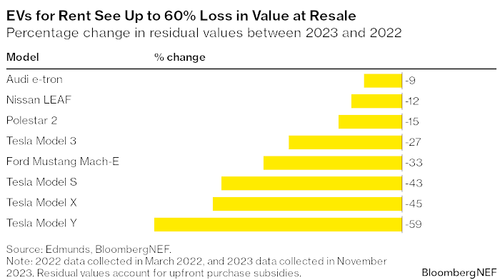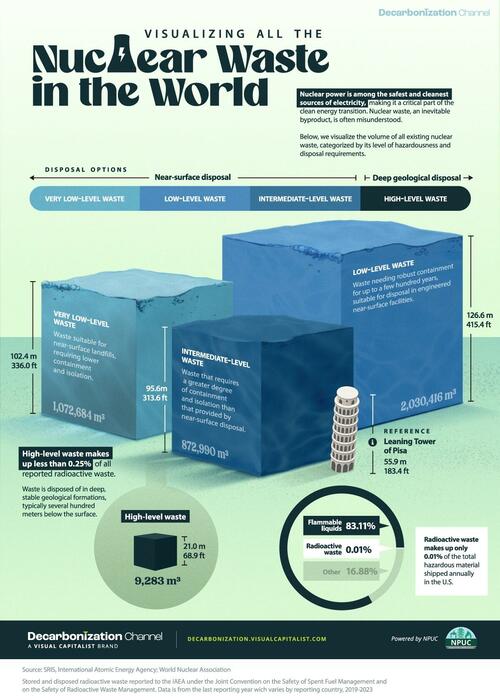Before the end of this decade, the world’s third-largest crude oil importer, India, is set to become the single biggest driver of global oil demand, replacing China, analysts and forecasters say.
India’s economy has grown at a robust pace over the past year. Meanwhile, growth in other major economies—including China—has sputtered. High GDP growth, industrialization, urbanization, and a rising number of middle class in India are all expected to shift the key oil demand growth driver from China onto India.
Some analysts, such as Rystad Energy, expect India’s crude oil demand growth to shrink to 150,000 barrels per day (bpd) in 2024 from 290,000 bpd in 2023.
Despite these predictions of slower demand growth, India is boosting its refining capacity. The country should add 1.12 million bpd to its current total each year until 2028, a junior oil minister told India’s parliament last month.
Total Indian refining capacity is expected to increase by 22% in five years from the current 254 million metric tons per year, which are equal to around 5.8 million bpd, Rameswar Teli said. The government expects the boost to refining capacity to be “adequate” to meet the country’s fuel demand in the long term.
India’s economy is growing faster than all other major economies, and so is its demand for energy.
All major forecasters expect India to replace China as the biggest driver of global oil demand growth in the long term, which should happen before 2030. Related: Russia Builds Out Arctic Oil Route As Middle East Tensions Escalate
In 2023, oil consumption in India hit a record high of 231 million tons, up from 219 million tons in 2022, according to data from the Indian Ministry of Petroleum and Natural Gas cited by Reuters market analyst John Kemp.
Besides being a major oil importer, India isn’t shying away from buying crude from whoever offers the lowest price. Over the past year, India has become a top buyer of Russian crude oil, alongside China, taking advantage of the discounts at which Russian grades are being offered compared to international benchmarks.
India buys from abroad more than 80% of the crude oil it consumes. Over the past year and a half, the country has significantly raised its imports of cheaper Russian crude oil, which is banned in the West.
India sees its oil supplier base as diversified as it is buying crude from 39 sources at present, compared to 27 sources previously, Indian Minister of Petroleum and Natural Gas, Hardeep Singh Puri, said in August last year.
“If there’s a 30% discount, the Russians are putting a ribbon around it and sending it to us free. That’s what it means,” the minister told CNBC.
India is thus looking to make opportunistic spot purchases on top of its term sale agreements to meet its growing oil demand, which is only expected to rise in the coming decades.
Economic growth is much higher than in any of the other major economies and is expected to remain robust in the near and medium term, Indian authorities and international investment banks say.
Earlier this month, India’s National Statistical Office (NSO) said that real GDP growth during 2023-24 is estimated at 7.3%, up from 7.2% growth in 2022-23.
“With strong domestic demand conditions, India remains the fastest growing major economy and is now the fifth largest economy in the world,” Shaktikanta Das, Governor of Reserve Bank of India, said in Davos last week.
“Strong domestic demand remains the main driver of growth, although there has been a significant increase in Indian economy’s global integration through trade and financial channels. Higher reliance on domestic demand cushioned India from multiple external headwinds,” the central bank governor added.
The strong economy would raise demand for oil, as will continued urbanization and industrialization, analysts say.
India will be the driver of oil demand growth through 2045, expected to add 6.6 million bpd to oil demand over the forecast period, OPEC said in its latest annual outlook, in which it raised significantly its long-term projections and now expects global oil demand at around 116 million bpd in 2045, up by 6 million bpd compared to the previous assessment, as energy consumption continues to grow and will need all forms of energy.
Analysts at Bernstein see India as the biggest growth driver over the next 20 years.
“India has been less important, but, going forward, India is expected to be the most important single region driving demand growth over the next 20 years, making it a key country to watch for future demand,” Bernstein wrote in a note last month as carried by Business Insider.
By Tsvetana Paraskova for Oilprice.com





